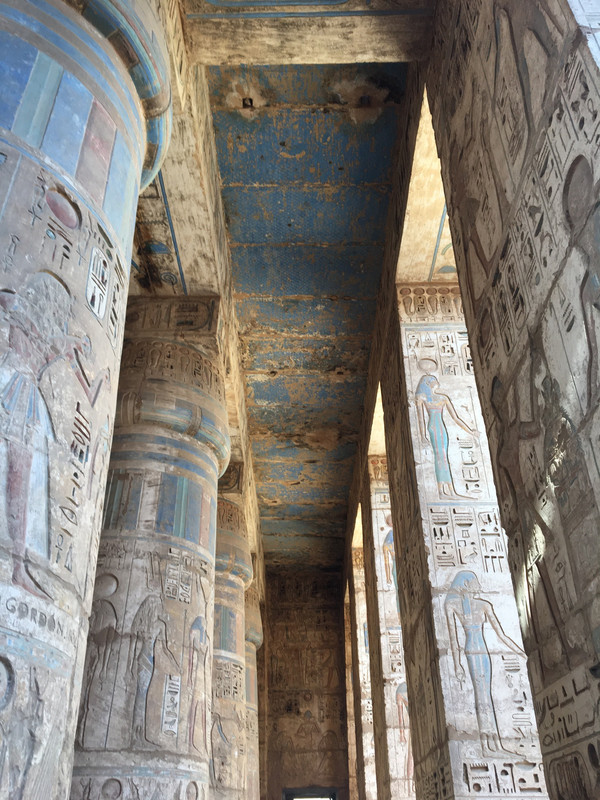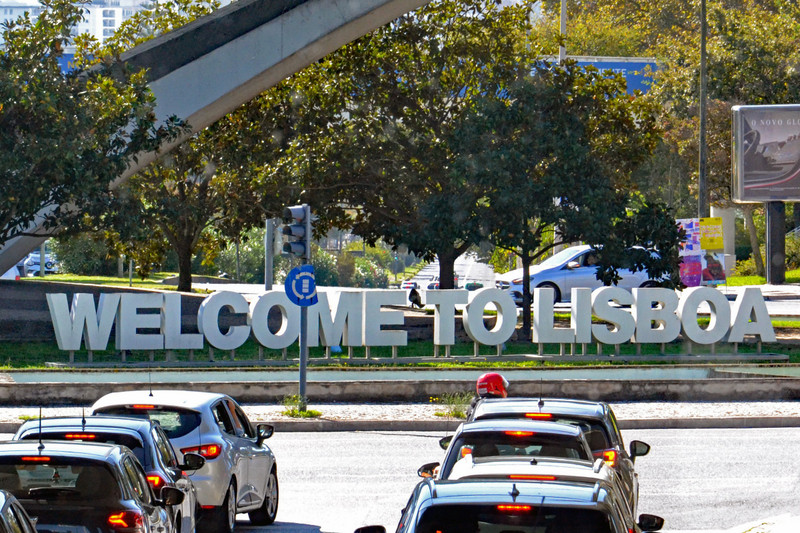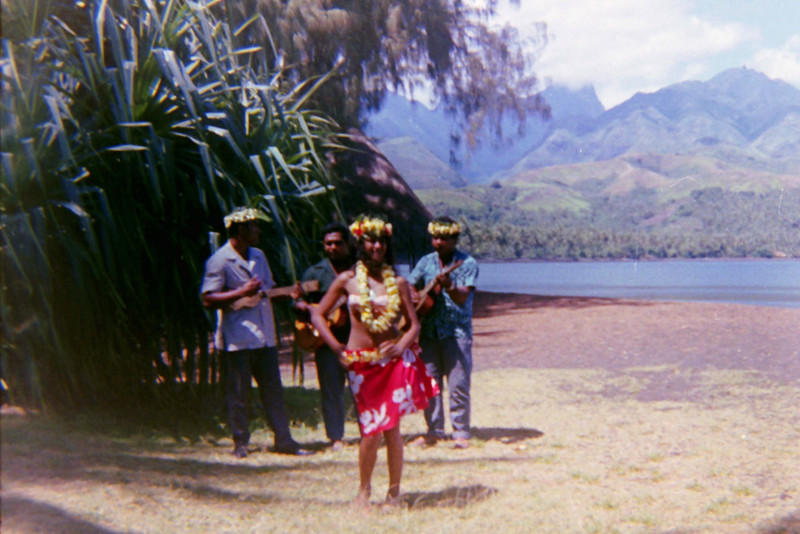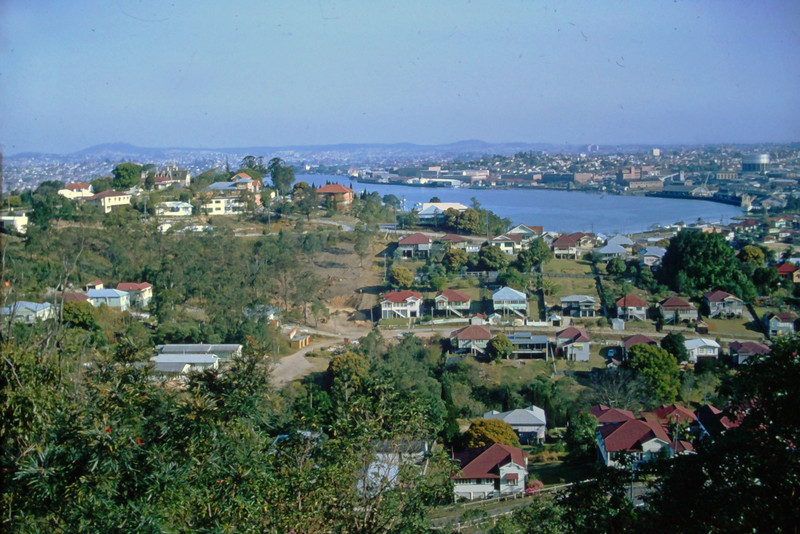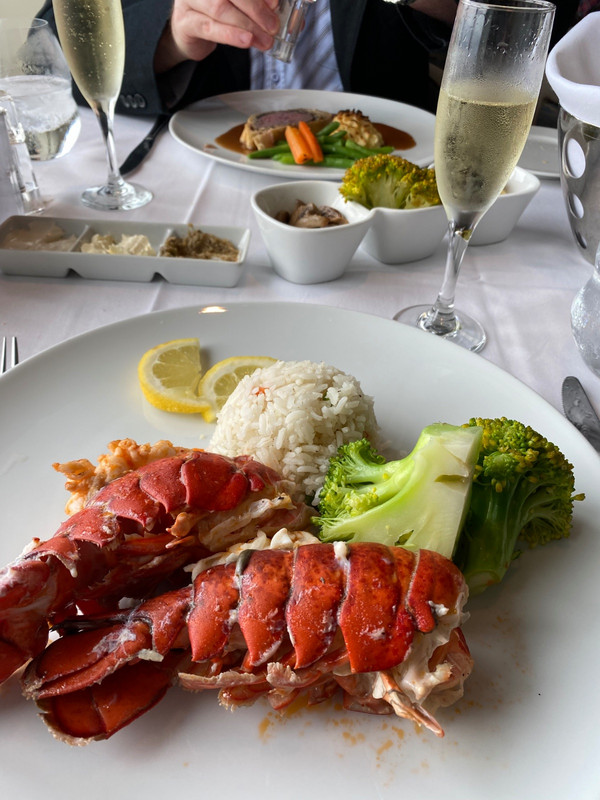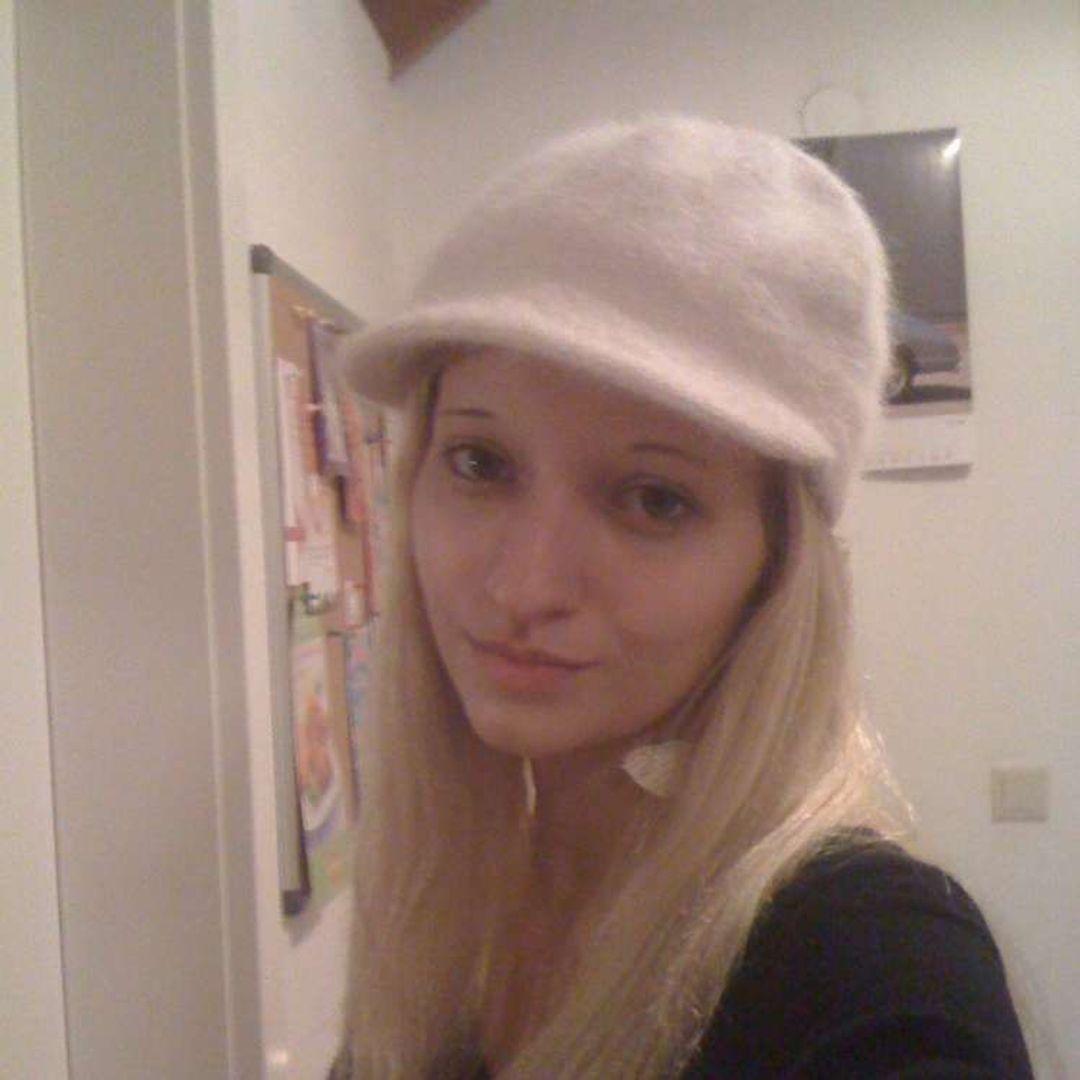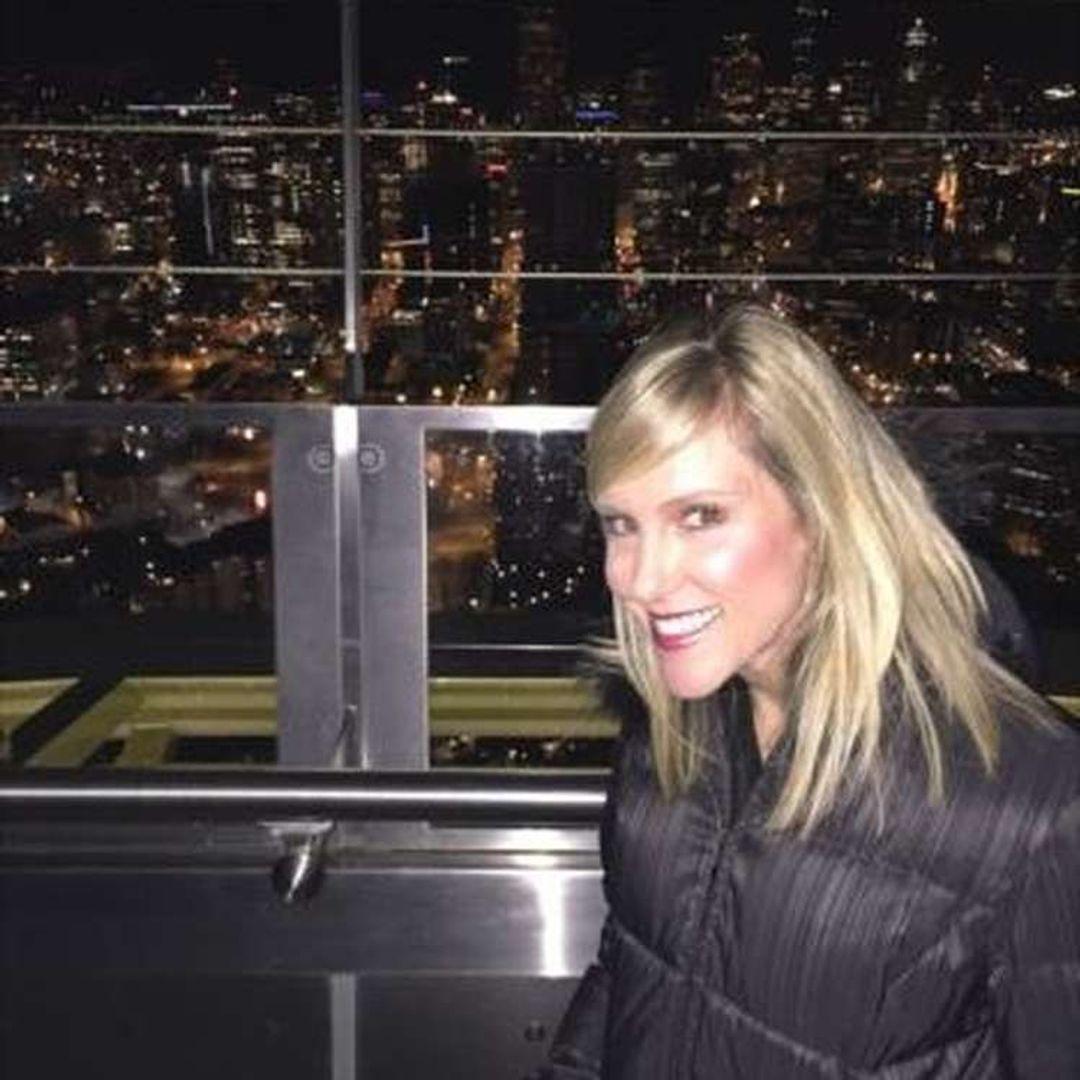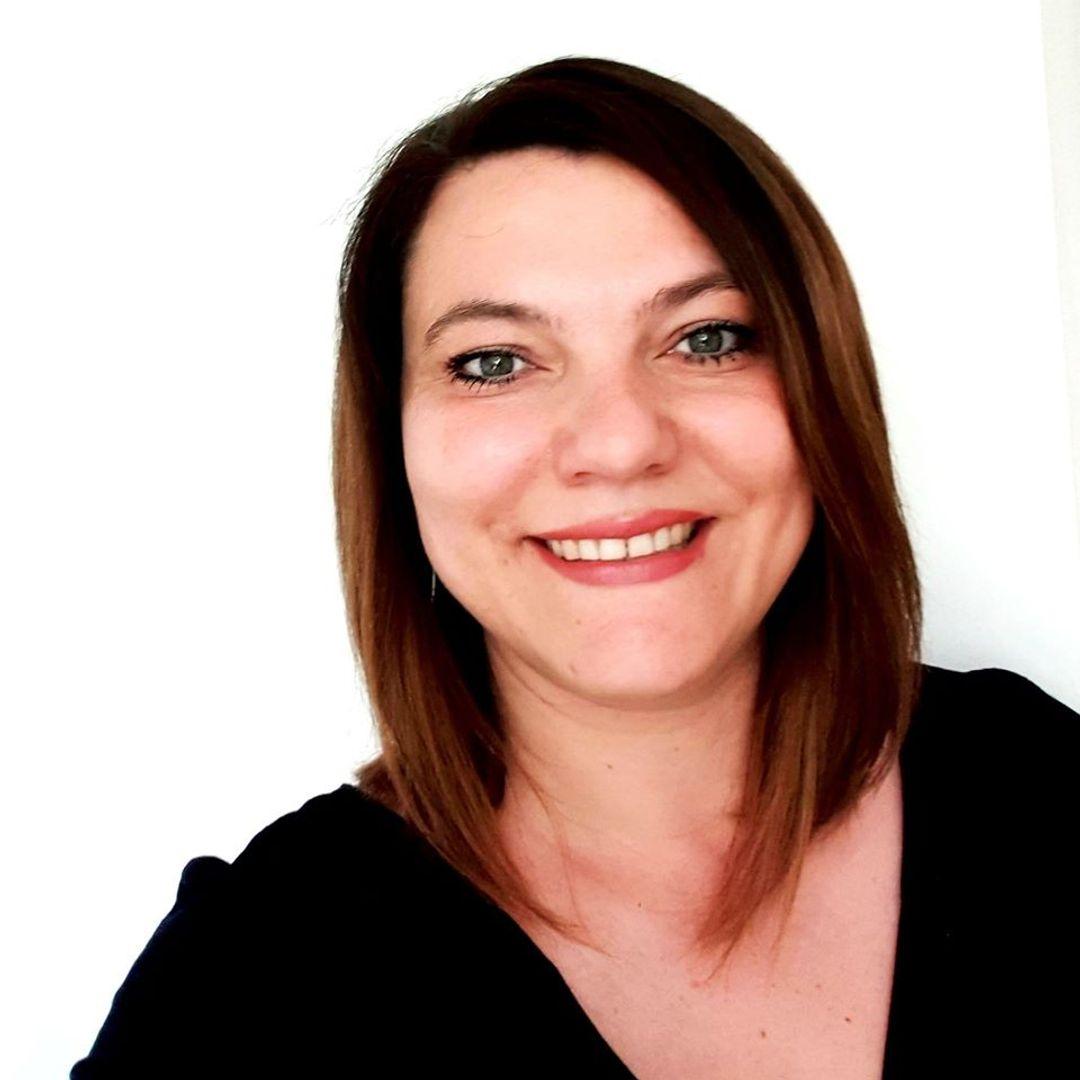Day 9 for us started nice and late! There was a contingent that got up at the crack of dawn to catch a balloon to travel over the Valley of the Kings. We enjoyed the luxury of a lie in!
Then after a delayed breakfast because the balloon participants arrived back late, it was on the bus to go to the Valley of the Kings. The Greeks named the Egyptian capital area around Luxor ‘Thebes‘ so this burial valley is also known as the Theban Necropolis.
The valley stands on the west bank of the Nile. To get there we boarded a boat and went for a ride along the Nile to cross to the other side.
Once at the site it was off the bus and onto a cart to get down to the tombs themselves. But first there was time for a bathroom stop!
We were able to visit several tombs. In each one the drawings on the walls were more exquisite and more elaborate and more well preserved. Just to see the colour was special.
to walk down a long ramp. The pharaohs were buried in a large sarcophagus which contained everything that they would need in their journey to the world to come.
The tomb of Tutankhamun was discovered in this valley but all the things of value and beauty it contained were removed and can now be found in the Egyptian Museum in Cairo. The largest tomb there is the tomb of Ramses II.
We entered a few tombs over the course of several hours. The paintings and colours inside the tombs are preserved very well. This is because they have not been exposed to the sunlight nor had the wind blasted sand against them over the millennia. Since allowing tourists inside, different tombs are open for entry and viewing on a rotational basis each season, because the moisture from breathing crowds can damage the artwork.
Much of the artwork depicted sacred symbols and scenes such as beings and spiritual messengers who were expected to shepherd the dead occupant to the afterlife. Migo explained many of the references. However we also saw a lot of drawings which showed human activities. For example Rabbi Berman highlighted a series
We took a lunch break at a nearby cafe, ordering drinks and eating the food we had personally packed at breakfast time. There was a papyrus demonstration and exhibit.
Next stop was the Temple of Horus, also known as Medinet Habu temple and the Temple of Ramses III. Consistent with the other works we had seen, this was another huge and elaborate structure. It was built in stages during the Ptolemy dynasty, begun in 237 in 57 BCE. It was dedicated to the god Horus and served as the site for festivals of the Horus cult.
Considering it was built over 2,000 years ago, the sprawling temple still consists of substantially intact walls, columns and rooms. And surprisingly for an structure, there is a lot of relatively clear and bright colour visible on many external columns.
Of course the Temple of today contains numerous broken statues and walls. Amongst an area with broken stones we saw an example of how the blocks had interlocks and cutouts for construction or inserting beams, etc.
Eventually we got back onto the river boats to return to the hotel. It was very refreshing to motor down the river with the wind blowing the sand out of our hair. Overall a very enjoyable and less taxing day out.
Dinner was leisurely. During the meal, Migo explained about Coptic Christianity in response to requests people had asked. He told us that Coptic simply means Egyptian in a word from Greek. He and John are Coptic Christians and Migo described their basic beliefs and practices.
